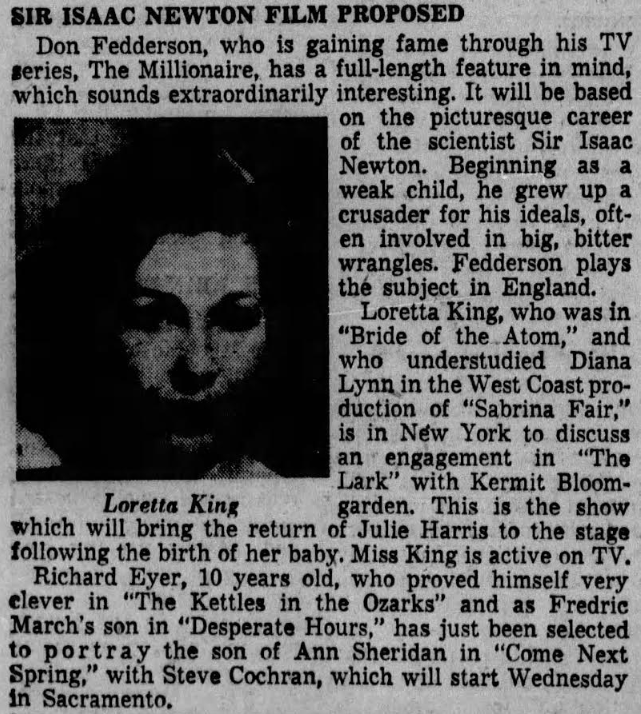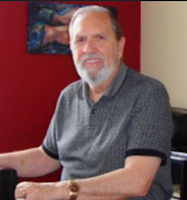 |
| Alden Ehrenreich looks typically blank as Han Solo because he has no character to play. |
 |
| A typical screening of Solo: A Star Wars Story. |
In the wake of the film's underwhelming debut—it "only" earned $84 million at the domestic box office over the Memorial Day weekend—plenty of theories are circulating as to why Solo failed to click with audiences. Franchise fatigue? Backlash from disgruntled fanboys (many of whom are weirdly fixated on their hatred of supporting character Rose Tico, who is not in Solo)? An overcrowded marketplace? All of the above?
I can't tell you with any certainty why certain viewers stayed away from Solo. That's for the industry analysts to decide. What I can tell you is that, for me, watching Solo was almost no fun at all and that I can't imagine this thing being anyone's favorite movie unless they'd only seen three movies and the other two were snuff films. And even then it would be close.
As it happened, I was in Indiana over the Memorial Day holiday, visiting my sister and her family. We all went to see the movie at the local multiplex, and I'll testify from first-hand experience that it played to soporific silence from the entire audience. I even had to fight the urge to nod off during the film's leaden middle passages and found myself wishing I'd brought a caffeinated beverage with me into the theater. The film's timid attempts at humor fell particularly flat. I think the socially-conscious droid L3-37 was supposed to be the film's designated comic relief character, the Jar Jar of Solo: A Star Wars Story. After one of her several failed wisecracks, I exhaled loudly enough with disappointment to make my niece giggle a little. That accounted for the one (1) audible laugh during the entire screening.
Curiously, speaking of Jar Jar, Solo: A Star Wars Story made me pine for the days of George Lucas' much-mocked prequel trilogy of the late '90s and early 2000s. As gratingly stupid as it is, The Phantom Menace at least provides some eye candy: cool-looking cities, cool-looking planets, cool-looking costumes, etc. Solo, on the other hand, is almost perversely drab, underlit, and murky. The title character spends the whole film bouncing from one inhospitable world to another, and we never get a good sense of the terrain in any of these places. It's like: mud world, another mud world, rock world, desert world. Gee, thanks a bunch, movie. A Star Wars movie should seem open and airy, bursting with possibilities. Solo, in sharp contrast, feels cramped and restrictive. There's not even a hint of adventure here.
 |
| Our antagonist: a petulant twerp. |
Does this movie even have an antagonist? I've heard Paul Bettany's character, stripey-faced gangster Dryden Vos, described as the film's main villain. But he's such a petulant little twerp it was difficult to take him seriously. In a real Star Wars movie, he'd be the lieutenant to the actual antagonist. I'm not sure how he got those scars on his face. I think he might just be a cat owner.
Everyone else? Eh, they're fine, I suppose. It's difficult to judge them properly because the script is so clunky. So many awful lines here. "She's part of the ship now." "You're the good guy." And that idiotic scene in which Han gets his last name. It's a complete ripoff of the scene from Mike Judge's Idiocracy (2006) in which Joe Bauers (Luke Wilson) finds himself being renamed "Not Sure."
While we're talking about that part of the movie, let's discuss the Empire for just a moment. I've written before about how the Empire never makes the least attempt to win over the public's affections. Well, in this movie, there's actually an Empire recruiting film, and I'll be good and goddamned if it isn't seemingly inspired by a Family Guy parody. That's right: Lucasfilm is now taking cues from Fuzzy Door Productions.
 |
| A better template for this movie. |
Admittedly, I have never given a great deal of thought to what Han and Chewie were like before joining up with Luke and the Rebellion. But, if I'd had to guess, I probably would've said their lives were something like The Dukes of Hazzard. You know, "making their way the only way they know how. That's just a little bit more than the law will allow." Han and Chewie would be like Bo and Luke. The Millennium Falcon is their General Lee. And Jabba the Hutt (absent from Solo) is their Boss Hogg. I guess that makes Lando their version of, uh, Cooter or something. Look, it's not a one-to-one comparison.
But the way I see it, young Han Solo is a hotshot smuggler and pilot. He digs himself. He thinks he's too much. He has a badass ship. He has a badass sidekick. He has a badass blaster. And he's a handsome, athletic, quick-witted dude who is constantly outsmarting both the gangsters and the Empire. To him, every Stormtrooper might as well be Sheriff Rosco P. Coltrane, i.e. a dope who couldn't hit the broadside of a barn. Han's life is a series of daring escapades and narrow escapes, and that's the way he likes it. In other words, it's a goddamned adventure. The movie starts out with this narration: "It is a lawless time." To which I would have added: "And Han wouldn't have it any other way."
Above all, I thought sure young Han would be a womanizer, a galactic Don Juan constantly seducing ladies (plus occasional aliens and droids) wherever he goes. But no. Solo: A Star Wars Movie gives him a steady girlfriend, Qi'ra (Emilia Clarke), at the beginning of the movie, and Han remains stupidly loyal to her throughout the film. He's so earnest and wholesome, he might as well be a Boy Scout. I was certain there would be at least one scene in which Han is chased by a jealous husband, but Solo definitely isn't that kind of movie.
Instead, Solo wants to be basically a filmed FAQ about its title character. How did Han get his last name? How did he meet Chewbacca? How did he get his famous blaster? I would have structured it around a different question entirely: How did Han get his cynical attitude?
 |
| Another good role model for this film. |
Like I said before, my version of young Han Solo is a cocky, arrogant hotshot. But he's still a boy at heart. My script for Solo: A Star Wars Story, then, would be about Han's journey from boyhood into manhood. I would have kept the character of Qi'ra, as well as that of Han's quasi-mentor Beckett (Woody Harrelson), but their roles would have been different. Or, rather, their functions would have been different.
The first part of my Solo movie is about Han being a smuggler and having a grand old time at doing it. But then, he runs afoul of Beckett's gang somehow. Even this, though, seems like yet another lucky break for Han. Beckett has actually heard of Han, he says, and thinks that Han and Chewie would be good additions to the squad. Seeing as how the only alternative is having his head blown off, Han says yes.
Beckett's plan is to rip off some big time warlord, someone like Dryden Vos but not such a prep school punk. (And ixnay on those Garfield stripes on his face.) They have an operative on the inside: the warlord's beautiful mistress Qi'ra. Immediately, Han has the hots for Qi'ra, and soon she and Han are sneaking kisses whenever possible. It's possible that this is the first time Han Solo has ever actually been in love. Normally, he's the "find 'em, fuck 'em, forget 'em" type, but Qi'ra is different.
Beckett tells Han he has potential but that he has only been a small time operator up to now. And so, Han serves an apprenticeship under the more experienced crook, learning the ropes. In the end, the heist goes off successfully, and the warlord is killed, but it turns out Beckett has really only been using Han the whole time and plans to kill him and take his share of the money. Beckett tells Han, "It's a shame, too, kid. Because I was really beginning to like you. In fact..." Han shoots him at this point and casually kicks Beckett's body into a ravine, where it's eaten by animals. This is a key moment when Han starts to become more callous.
But the real moment of change for Han comes when he realizes that Qi'ra, too, was only in this for herself. She needed money to buy her way out of being a kept woman. Now she has it, and she doesn't need Han anymore. This has not been foreshadowed in any way throughout the movie, so the moment should feel like a real gut punch to the audience. We've come to know and like Qi'ra, and it's devastating to watch her dump Han. But she's not been a goody-goody either. She's more like a character out of film noir. I see Han as being analogous to the private eyes from those movies, e.g. Sam Spade or Philip Marlowe. The film, then, would be about how Han lets some dame play him for a chump and how he learns a tough life lesson along the way. That's classic Raymond Chandler/Dashiell Hammett-type stuff.
My movie ends with Han and Chewie in some shithole cantina halfway across the galaxy. Based on the way he's talking, we can see he's already started to develop the cynical persona of the Han we knew from the older movies. Suddenly, a strange emissary (Greedo?) walks up to Han and offers him a business card. It's from Jabba the Hutt. Han looks intrigued. Smash cut to end credits.
So, yeah, that's my take on Solo: A Star Wars Story. The TLDR version is this: Solo should have been Dukes of Hazzard in Outer Space. Just imagine this but with spaceships.












